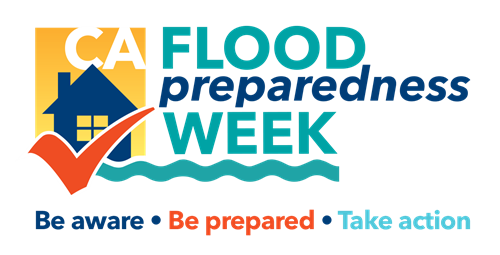Flood Preparedness Week: October 18-25, 2025

Local agencies will share information about flood risk and how to prepare during California Flood Preparedness Week.
Each year during California Flood Preparedness Week, communities and local, state, and federal agencies share information about flood risk and how to prepare. They educate Californians about the types of flooding that impact communities, engage kids with interactive demonstrations and exhibits. And they share preparedness tips and tools through social media and public outreach events.
If you are a community or organization that would like to participate in California Flood Preparedness Week, contact the planning team at CFPW@water.ca.gov.
About Flood Preparedness Week
Resources
-
California Data Exchange Center (CDEC)
Repository of hydrologic and climate information used to support real-time flood management and water supply needs in California.
-
California Nevada River Forecast Center
Web-based map with river forecasts, precipitation data, and flood gages.
-
CalOES My Hazards
Learn about natural hazards and preparedness for your area.
-
Ready.gov
Discover templates for preparedness kits, evacuation checklists, communication plans, and more.
Contact Us
Email the the California Flood Preparedness Week planning team if you have any questions or would like to participate.
